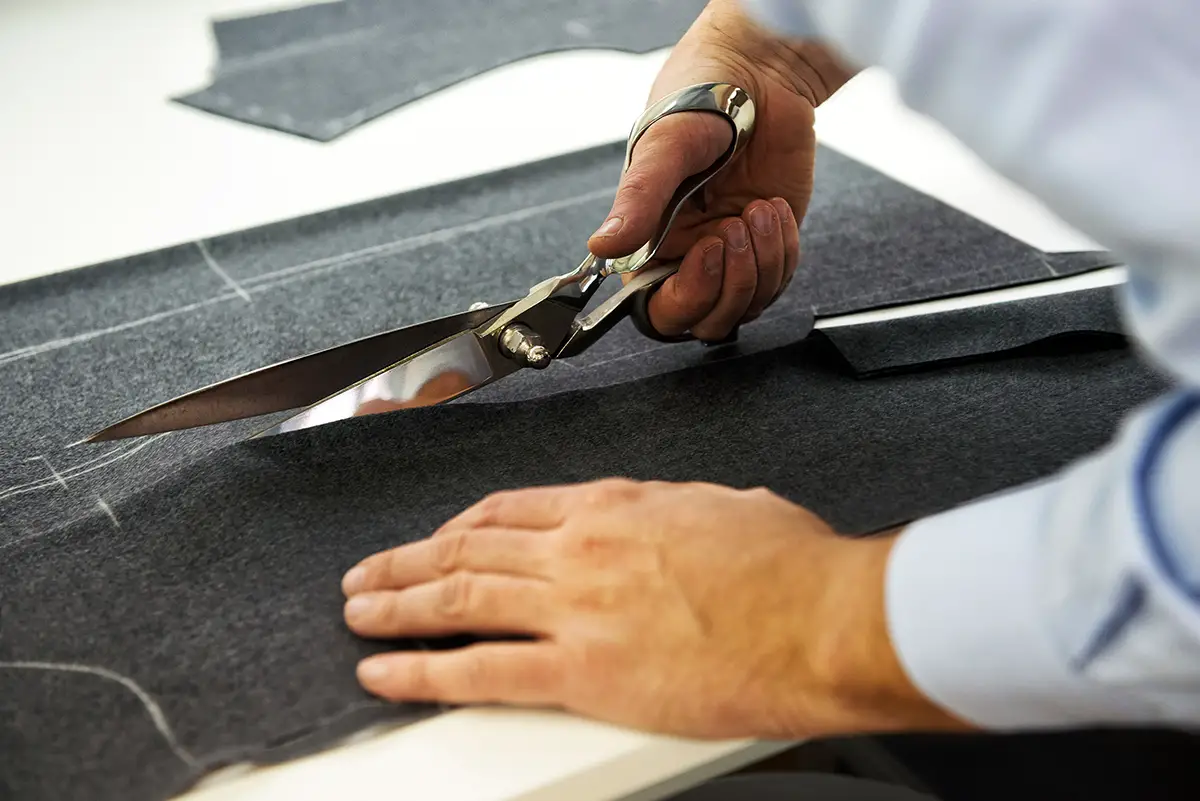There are some things you should know when cutting fabric. It’s not simply a case of taking sharp edges to your garment and following the pattern lines. There are some fundamental rules that you should adhere to. Read on and find out more before it’s too late!
Knowing Right From Wrong
It sounds simple and for the professional dressmaker, it undoubtedly is. However, for the rest of us, knowing the right side from the wrong side of the fabric is not always as easy as it sounds. These days fabrics are so finely produced that it is often only the manufacturer’s branding that gives the game away.
How do we avoid creating an item with the wrong side of the fabric? In the beginning, spend as much time as you need studying your fabric. If you are unsure, get a second opinion. Trust us – it’s more embarrassing to realize at the end of the project that you have used the wrong side!
Once you have worked it out, mark very lightly, the wrong side of the fabric. This will be your reminder that you can refer back to throughout the cutting process. Use tape rather than an indelible marker, particularly with delicate fabrics! You don’t want it showing in the end result.
Cutting Method
With your sharp scissors in hand, you need to make sure that you use the correct method. Use long and clean cutting strokes to get the cleanest finish possible. Use dressmaker’s scissors. These are slightly bent at the handle and allow you to glide through the fabric at a straight angle. Trust us, the investment will be worth it because it will make the whole process a lot easier.
Control
As well as a steady hand, it might sometimes be necessary to affix your fabric to a service. Slippery fabrics are a nightmare to control and getting that straight line can quickly become an insurmountable challenge. Here we are talking about silks and other sensitive delicates The best way around this is to affix a felt of thin foam lining to the fabric and cut both along the pattern line. This obviously incurs some serious waste and may not be an option for those on a strict budget but it is a tried and tested way around that slippery problem!
Protecting Your Home
Sharp scissors and family antique tables seldom mix. The problem is that we may be so determined to complete our fabric cutting challenge that we may not even be aware of the damage we are causing to the beloved surface.
There is a way to avoid unnecessary scratches or damage. Get hold of a plastic surface – old kitchen vinyl is perfect. This will guarantee that the furniture stays in tack and it also makes the cutting process easier as the scissors will glide over the surface.
Recap
Cutting fabric is another important step that you should take your time with. If you have paid a lot of money for the fabric you need to pay extra special attention. One careless snip and you may be back to the drawing board. So take on board some of these basic tips and save yourself both time and money!

